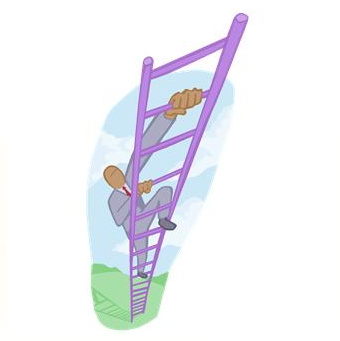eDiscovery History: Welcome to Throw-back Thursdays!

I was recently teaching a project management class at a large law firm, and a student mentioned that he was working on a case that involved a very old document collection, some of which only existed on microfiche. He asked me for advice on managing the conversion of those documents and incorporating them into his bigger-picture project.
I watched as another student turned to her laptop and started typing. She was quite young and looked a bit confused, or maybe inquisitive, I suspected she was Googling “microfiche”. I was right. And it made me chuckle. I asked for a show of hands… she was not the only one in the room who didn’t know what microfiche was. Since I, of course, could quite handily speak on the subject, it got me thinking about just how long I’ve been working in this field, and about how much things have changed.
I wondered if it would be useful for some of the younger folks in eDiscovery to understand the history… to know how original litigation support databases were built, to know how they were used, and to know a little bit about the older technology that was employed. Except for the rare case where legacy methods are an issue, I concluded that it’s probably not particularly helpful… but it might be interesting, and it might be fun to look back. So, we’re starting a “Throw-back Thursday” blog series, where we’ll go back in time and I’ll tell you a bit about how things used to be.
In this series, we’ll talk about the ‘litigation support’ culture and industry in the old days, about the technology that was used, about the processes for building databases, how databases were searched, how documents were retrieved, and the evolution of the process between those old days and now. So tune-in next week for discussion of the litigation support industry, circa 1980 (and even a little before that).
Please let us know if there are eDiscovery topics you’d like to see us cover in eDiscoveryDaily.
Disclaimer: The views represented herein are exclusively the views of the author, and do not necessarily represent the views held by CloudNine Discovery. eDiscoveryDaily is made available by CloudNine Discovery solely for educational purposes to provide general information about general eDiscovery principles and not to provide specific legal advice applicable to any particular circumstance. eDiscoveryDaily should not be used as a substitute for competent legal advice from a lawyer you have retained and who has agreed to represent you.





